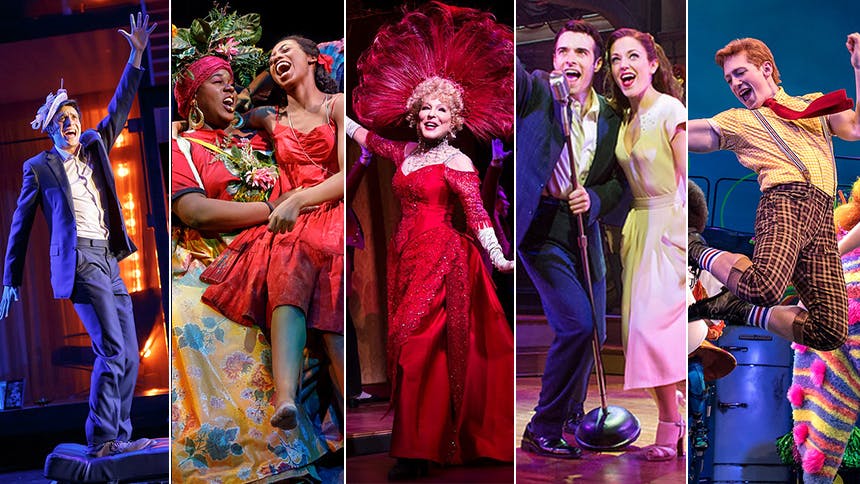

Several months before rehearsals began for “My Fair Lady,” its lighting designer, Donald Holder, was living and working in London. The light stretches through the small living room “almost explicably,” says Schriever, “as the trio each find their own personal resolution.”


Then, gradually, we witness a long slow sunrise, filling John’s house with bright desert sunlight. Slivers of moon light create pockets of light and clarity, and the lamplight doesn't fully illuminate the room.” Like his essay, the light in his home doesn’t reveal anything straightforwardly. “Broken bright Vegas sun streams through the tiny windows. “The light is the opposite of the New York City magazine office,” says Schriever. The second half of the play takes place on the outskirts of Las Vegas, in the 1970s ranch home of John D’Agata, the writer whose relationship with the truth is under scrutiny. “No shadows in this uptown editorial world.”ĭaniel Radcliffe in 'The Lifespan of a Fact' Peter Cunningham “The lighting is sharp and bright and angular,” says Schriever. The first of these is the well-lit office of a magazine editor. “The Lifespan of a Fact,” a play about the tussle between a writer and a fact-checker, features two primary spaces. “Is it a dingy, lamp-lit office? Is there a warmth and welcoming to the room? Is there a tense buzzing of a too-bright fluorescent putting pressure on the characters? Is it a romantic moonlit night, or is the moon a betrayer, stretching shadows into unknown shapes, ever changing from the night clouds?” What is the light source? Is it a lamp? Is it the moon? Is it the sun?īut, as she explains, lighting design does far more than literally illuminate a space-it defines it emotionally and psychologically. There are a number of initial questions that Jen Schriever, lighting designer for “The Lifespan of a Fact,” will ask about a scene before lighting it. “I feel like we nailed it,” says MacDevitt, of the scene. In the final scenes of “The Waverly Gallery,” MacDevitt floods the apartment, through the window, with indirect light-a composition that would have pleased John Koch. MacDevitt describes the essential, practical responsibility of lighting as “delivering” the characters, “so we don’t miss any action.”īut he also permits himself some moments of poetic, painterly beauty. It’s the contrast of those two sources that we are trying to emulate in the show.” “His paintings always contain daylight sources, either direct or indirect, and incandescent lamps you would find in an apartment. It’s subtle.”Īlong with director Lila Neugebauer, MacDevitt found inspiration in John Koch’s paintings of life and light in Upper West Side apartments. “If you notice it, it’s probably too much … I try to make it look like life. Elaine May in 'The Waverly Gallery' Brigitte Lacombeīut lighting a play like Kenneth Lonergan’s “The Waverly Gallery,” which centers on the slow decline of a feisty octogenarian, is like scoring music for a realistic film, says MacDevitt.


 0 kommentar(er)
0 kommentar(er)
